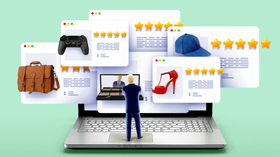19 Customer Segmentation Examples to Grow Your eCommerce Revenue
Learn all the best ways to segment your customers to maximize your revenue. Cart abandonment, demographics, loyalty programs and omnichannel strategies.
Updated May 5, 2024.
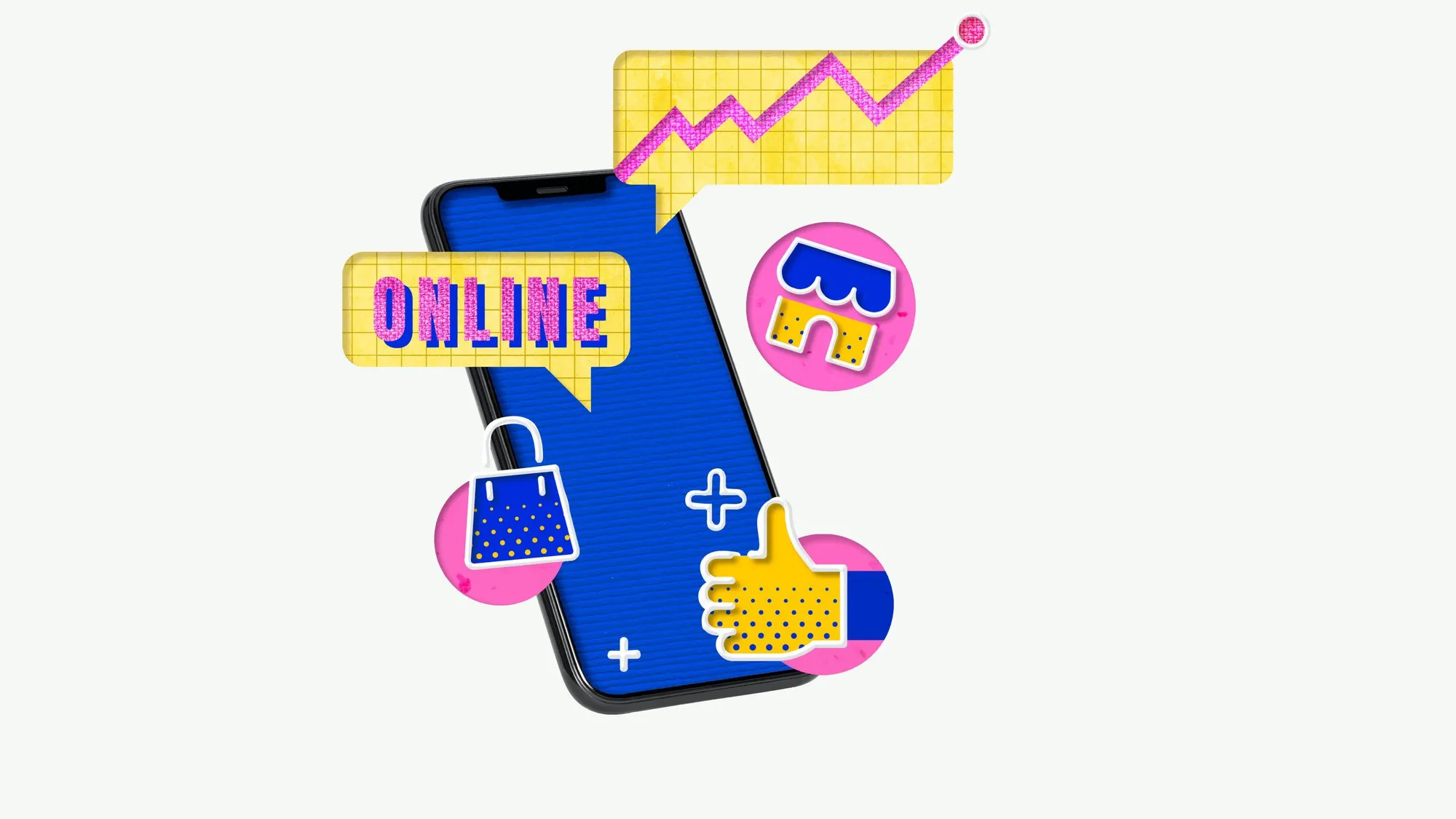
Imagine you’re running an eCommerce brand and you want to boost your email marketing revenue.
Problem is - you don't know how.
You have a large list of contacts (100k+) and you have a team of eager designers.
Yet everything you try doesn’t work. Sales aren’t going up, your email campaigns remain stagnant.
What you’re missing is - segmentation.
Segmentation is the key to a successful marketing campaign, on any channel. Be it email marketing, SMS, Facebook ads, or your actual site.
Studies repeatedly show that properly executed segmentation improves retention and brings more sales. One study found that brands that used segmentation in their email marketing campaigns saw an increase of 760% in their sales.
So how do you segment your audience?
In this guide to customer segmentation, we cover everything you need to know to improve your engagement and increase your sales.
Let’s get started.
What is customer segmentation?
Customer segmentation is the practice of dividing your audience into segments based on specific characteristics. If you use audience analytics, you can leverage the millions of customers' interactions with your brand online in a systematic way.
The reason that segmentation works is that not every customer is at the same stage of the buying process (or customer journey). It could be a first-time visitor or a returning customer. It could be someone that’s just shopping around or someone who knows the make and model of what he wants to buy, and he’s ready to buy it right now.
In order to get the sale, you need to divide your list into customer personas or audience segments and create content to fit each segment.
What are the benefits of customer segmentation?
The benefits of market segmentation include many things such as higher customer satisfaction, an improved engagement rate, a higher conversion rate, and more sales. A successful customer segmentation strategy should focus on one specific goal or KPI and create campaigns targeting specific customer segments to achieve that goal.
Here are the main types of segmentation you could use.
5 Types of Customer Segmentation
There are four types of market segmentation models that brands should use to improve their conversions.
Demographic segmentation
The most popular way to segment your audience is through observable demographic characteristics. These include things like gender, age, family status, occupation, level of education, income level, religion, race, and ethnicity.
This data is relatively easy to get but on its own, it’s not enough. you will have to get data on what the users do on your site.
Behavioral Segmentation
One of the most powerful ways to segment your audience is to look at what they do on your site. This includes both shopping behavior and purchase behavior.
- Which products did each user view?
- Which pages did they visit?
- Which popup did they convert on?
- How many times did the open or click on your emails?
- What is their average cart value?
These are all really great ways to better target these users with personalized marketing messages and promotions.
Geographic Segmentation
This type of segmentation is for businesses that sell in multiple countries or timezones, or if they sell seasonal products. It involves segmenting your audience based on their geographic location and weather. For example, a fashion brand won’t sell fur coats to people in San Diego, where the weather stays at 70 degrees all year round.
It can also involve segmenting people based on their zip code and whether they live in rural or urban areas. A brand can also decide to tailor its message according to differences in language, cultural norms, or religious traditions that vary by region.
Psychographic Segmentation
The next level of segmentation deals with more emotional and mental characteristics of users. It includes things like personality traits, interests, beliefs, values, attitudes, and lifestyle choices.
For example, an e-commerce business that sells recycled iPhone cases should segment its audience based on how environmentally conscious they are. These values will greatly affect the type of audience targeting they do and the type of content they display.
Technographic Segmentation
Last but not least, there’s technographic segmentation which aims to target users based on the role technology plays in their life. Basically, the question here is whether a particular user is tech-savvy or not.
This applies to brands that launched products that have app-powered features or use cases that include a higher degree of technical competency.
One example of this could be a floor lamp that’s powered by Alexa and can be turned on/off remotely. This technical feature can greatly improve the user experience but may fail if your users aren’t tech-savvy enough to use it.
Getting this kind of customer data can really improve customer retention and product development in the long term.
Now that we spoke about the types of segmentation, let’s dive into examples for each one.
Effective customer segmentation examples for ultimate growth
Here are 19 examples of customer segmentation and how you can apply them in your marketing strategy to increase your e-commerce revenue.
Location
Targeting users based on their location is called geographic segmentation. It’s when you segment your audience based on countries or specific zip codes. For example, a global fashion brand that sells seasonal clothing would want to offer winter coats to Australians in August, and tank tops to customers in California.
Here’s an example of a gym showing an ad to the residents of a particular city.
Pro tip: the next time you are looking to optimize your Google Ads, take some time in the location tab. Beyond countries and cities, Google will let you drill down into particular areas. Also, don't forget to exclude locations. You'll help the algorithm pinpoint areas you are targeting, and you'll save money along the way.
A subset of geographic segmentation is segmenting by the users’ culture. For example, Mcdonald's has locations around the world and they change their menu and advertising to fit each country’s culture.
Here’s an ad they display in India.
And here’s another one for the Indian Big Mac.
McDonald's changes the content, marketing messages, and even the menu items in order to fit the interests of target audiences in these different target markets. If they don’t evolve they will simply lose these market segments. So personalized content is absolutely key here because we’re talking about food, and you can’t argue with food tastes.
Gender
Men and women exhibit very different shopping behaviors and consumer interests. With those differences in mind, you can apply key product differentiation and design elements to target those gender groups with relevant products and experiences. Gender-specific marketing increases engagement rate and, in the case of email, increases the click-through rate.
Age
Age segmentation allows you to understand how different age groups interact with your product. Look at past campaign data to see the age groups purchasing on your site and use demographic segmentation and life-stage segmentation to target consumer interests and purchasing habits.
For example, this ad might be sent to parents with children or children within a particular age group.
Weather
The changing weather is an essential factor for seasonal products. These are products that are only relevant in specific seasons and weather patterns. For example, if you sell raincoats and there’s a big storm coming, then you should mention it in your campaign and start targeting users in that specific location. Here’s an example of an ad from Ireland.
Profession
Another great way to segment your audience is by their profession or job. It provides a great opportunity to target your ideal customers if they belong to a specific occupation. It’s a more advanced form of segmentation.
For example, Home Chef is a food delivery that delivers fresh customizable meals to its customers. They wanted to target the educational and health sectors so they created this email and sent it to the particular segments.
Device Type
More than 50% of the traffic brands get is from mobile users and that provides a great opportunity for segmentation. If you sell phone accessories, for example, you could segment your audience based on the type of phones they are using and target them with specific offers.
If your product isn’t used differently depending on the device type then look at your data and see if there are shopping trends based on different devices. Is there certain copy or offers that convert better on mobile? Test that out and see how you can increase those conversions.
Cart abandonment
Cart abandonment is a trillion-dollar problem. Almost 70% of desktop users leave their carts before completing their purchase, and that number is even higher for mobile users at 86%. One way to save those carts is by retargeting those users with popups, email flows, and text messages.
Create a series of relevant emails or drip campaign campaigns to encourage users to return. Segment them based on their activity level and the type of product that they added to the cart.
Product type or collection
Speaking of products, segmenting customers by collection or product they purchased creates multiple retargeting and remarketing opportunities for your e-commerce business.
Based on past purchasing data, you can retarget with similar products or complementing products. Use this data to launch effective upselling and cross-selling campaigns to engaged customers.
Politics
Political affiliation is another way you can relate to your audience and personalize your offer. Use this more sparingly if your audience lives in swing states. Make sure that you have a solid foundation on who your customers are before you try to mention anything political.
Ben and Jerry’s does this a lot. They create ice cream flavors that relate to specific political issues and get a lot of media attention. Here’s a flavor they created for a Democratic candidate in Vermont (notice: Vermont is a very democratic state).
Use political segmentation cautiously because you don't want to create negative publicity for your brand. It’s best for smaller brands that use niche marketing to target a very specific segment of customers.
Lifestyle
Lifestyle segmentation uses behavioral and demographic segmentation to identify your target customer.
For example, you can target potential customers who align with luxury lifestyle interests and have strong purchasing behavior with high ticket brands in the last 30, 60, 90 days. Depending on the platform you are using, you can define these parameters and target these segments.
For instance, running email marketing on Klaviyo allows you to segment your audience according to a variety of factors, using data from your system and from outside of it (e.g., Facebook user behavior data.) Plus, integrating Klaviyo and Shopify (or another eCommerce platform) makes it easy to connect your email marketing and your eCommerce platform in a matter of minutes.
If you haven’t used it before, here’s a quick Klaviyo guide for beginners to help you get started with it. And if you’re still lingering on Drip vs Klaviyo, we’ve got you covered as well -- click the link and learn more about choosing the best option for your business. And if you need help to make the most of Klaviyo’s capabilities, don’t hesitate to contact us and hire a vetted Klaviyo growth agency or Klaviyo marketing expert!
Launching campaigns with your consumer's lifestyle in mind will optimize your campaigns for product relevancy and intent. Here’s a campaign from Carnet Jove, a youth credit card company that operates in 36 countries in Europe.
Interests
Interest segmentation is another example of behavioral segmentation. Consumers' ever-changing interests require an effective market segmentation strategy. Target audiences that have related interests around your product.
Athletic brands do this the most. For example, Nike creates different ads for different sports -soccer, tennis, football, etc. Each sport gets its own ad, sometimes its own shoe, and that thread is seen throughout their funnel.
Family situation
Another great way to segment your audience is to target individuals by marital status, years in a relationship, family size, and children’s age groups. Our life stage affects our buying behavior. Parents make purchases for their children. Baby boomers taking care of their elderly parents make different purchases.
We’re not talking about sending out a simple father’s day email. This type of segmentation involves thinking of buying trends like young parents buying products for newborns or older parents buying college supplies for their graduating seniors.
The types of marketing campaigns you send can vary on the marital status of your users, especially if you are in the travel industry or your products are consumed/used by families. This type of market segmentation allows you to target the ideal customers for your product.
Top purchasers
Segment your list based on loyalty. Look at those customers that have purchased multiple times. Their strong purchasing habits on your website, along with their consumption habits in general, make them highly engaged customers.
Target this segment with exclusive offers to make them feel special. You could run a customer loyalty or rewards program, and give incentives to your top purchasers to add more products to their carts.
Pro tip: the same market segmentation strategy that’s used for top purchasers could also be used for repeat customers, your customer loyalty or rewards program, your affiliate program, or your partner program.
Referred customers
Referred customers are four times more likely to guide others to your brand. Segmenting your audience based on whether they were referred is a practical approach to improve your referral sales. Target your current customers who joined your referral program and develop campaigns that will turn your referrals into superfans.
Pro tip: your referred customers are usually your most engaged segment. Find out what they most loved about the product and what made them buy it. Use their feedback to improve your market research and product development to make sure that you’re creating the best product for your target market.
Re-engage inactive customers
On the other end of the spectrum, there are inactive customers that haven’t bought anything in a while. Re-engage these customers with an email flow and a retargeting campaign. Invest in effective marketing by utilizing this type of psychographic segmentation by using urgency or “fear of missing out (FOMO)”.
Pro tip: launch an email flow targeting inactive customers to increase email deliverability and make sure that your emails are getting to your customers’ inboxes.
Best reviewers
Reviews are an essential part of organic marketing. Search engines rank pages with reviews higher because they are a more authentic representation of a business.
Find users that left a review on your online store or on social media and send them a thank you email. Offer them to join your special loyalty or rewards program and work on getting them even more engaged with your brand.
Welcome flow for new customers
A welcome flow can start with a new visitor to your social media account or website. First, greet new visitors with an exclusive offer. Then, when they respond to that offer, they can enter into a drip campaign that gradually increases your customer engagement.
Frequent users
Frequent users are your loyal customer base and your brand ambassadors online. They are more likely to share your posts, encourage others to purchase your products, and leave feedback. They are early adopters, enjoy an exclusive discount code or loyalty program. Target these loyal customers to grow organically and multiply your organic reach online.
Most viewed products
Products that are the most viewed on your website are trending products. Use this data effectively and promote these products at the checkout process or use them to target inactive customers.
Traffic source
Another great way to segment your audience is by looking at your traffic source. This is important because each user segment may have different pain points and needs. You might want to isolate sources with low competition (like a referral or an affiliate traffic) and really focus on the more competitive (and more expensive) sources like Facebook ads.
A central idea in conversion rate optimization campaigns is “message match”. It’s the idea that your offer or copy on an ad should match the copy on the landing page. That’s why businesses display different copy on their popups depending on where the users are coming from.
For example, you might be running a giveaway with other brands and you’re all sharing those leads. Segmenting users based on whether they came from this giveaway is a great way to differentiate your brand and really delight those customers.
You should use the same marketing strategy for content marketing collaborations or partnerships with specific sites that bring you traffic. Create a landing page and email flows to target each audience accordingly.
Pro tip: you should create a customer journey map to track each customer profile that you are targeting and add it to your company’s knowledge base. Include in it all the different types of market segmentation with examples of actual campaigns that you’re testing. This will greatly help your marketing efforts.
Channels you should use these segments for
The power of customer segmentation is that you can use the same segment for multiple marketing channels. Here are a few examples of digital marketing channels you can incorporate into your segmentation process.
- Cart abandonment - target the same segments with email campaigns, text messages, push notifications, and chat broadcasts. You could also retarget them with ads.
- Similar products - display similar or recommended products on your home page, collection & product pages. You can also display “previously viewed” products in email campaigns.
- Facebook audiences - use your segments to create audiences for Facebook & Instagram ads to convert potential customers and to retarget your current customer base.
- Omnichannel marketing automation - use marketing segmentation to create segments that you can use on multiple channels such as social media, email, chat, push notification, etc.
Effective marketing involves targeting customers across the entire customer journey through a variety of marketing channels. For more info on how to use marketing segmentation and automation read our Ultimate Guide to Omnichannel Marketing.
Improve your LTV and the Customer Experience
One important thing to remember is that segmentation is not just designed to help you convert customers. It’s a powerful tool in all of your marketing efforts, particularly the post-purchase experience of your customer.
Personalizing your content marketing to each of your customer segments will increase the engagement and conversion rates of your active users and will help you build a more engaged audience.
Delight the customer and always put them first. And most importantly, ask yourself - “what else can I do to improve the customer experience, at every stage of the customer journey?”.
Focus on the needs of your customers and you will win every time.
Need someone to help you leverage the power of segmentation for your business? Hiring a professional email marketing company is a great option, contact us and we’ll match you with the best ones in your niche!
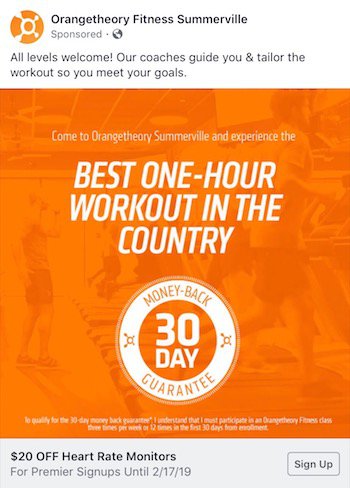

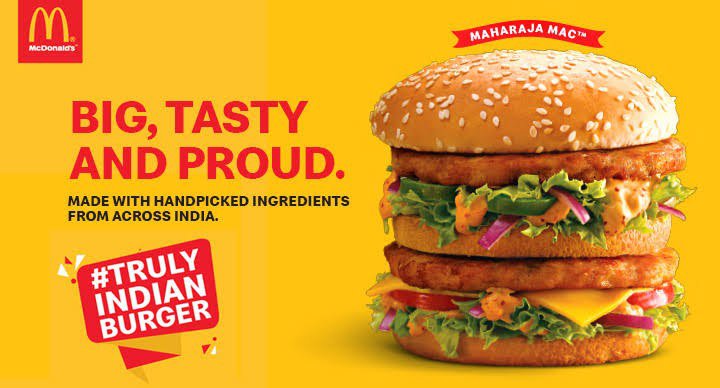

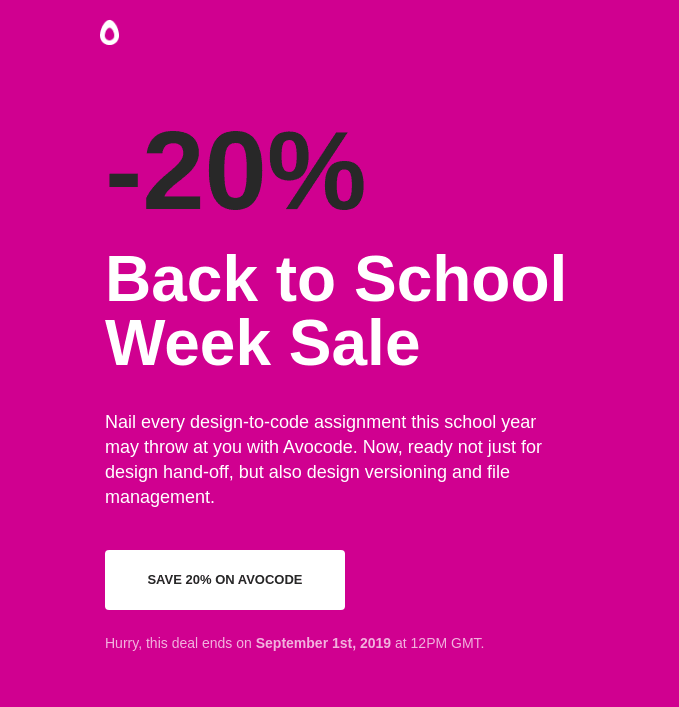

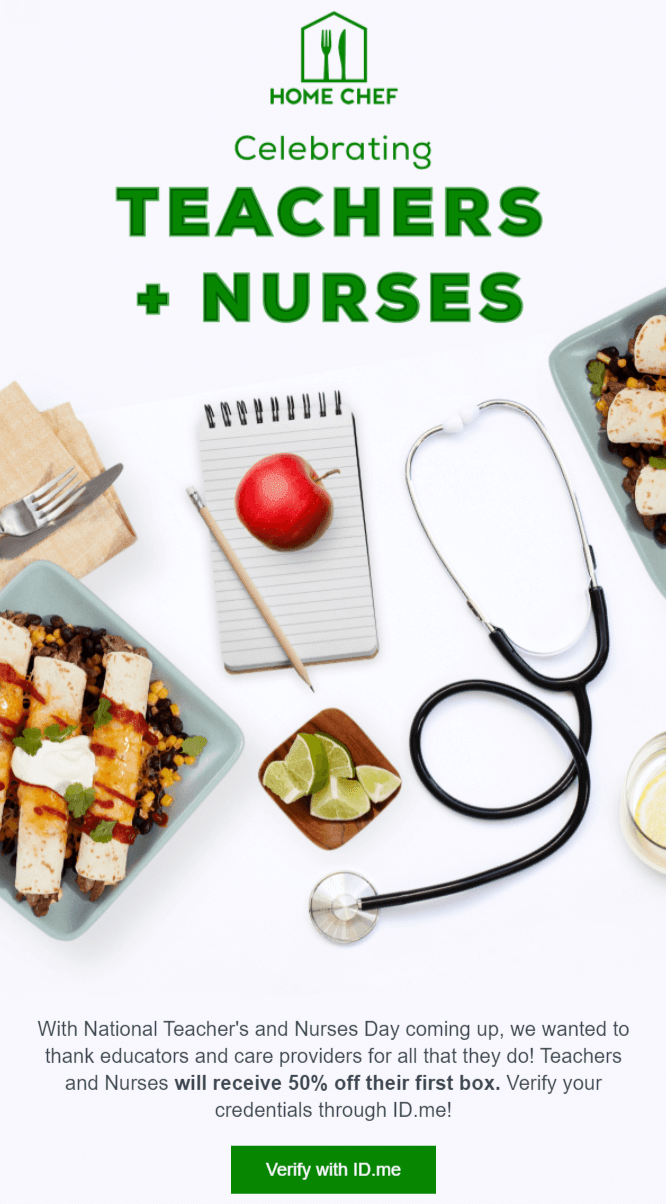
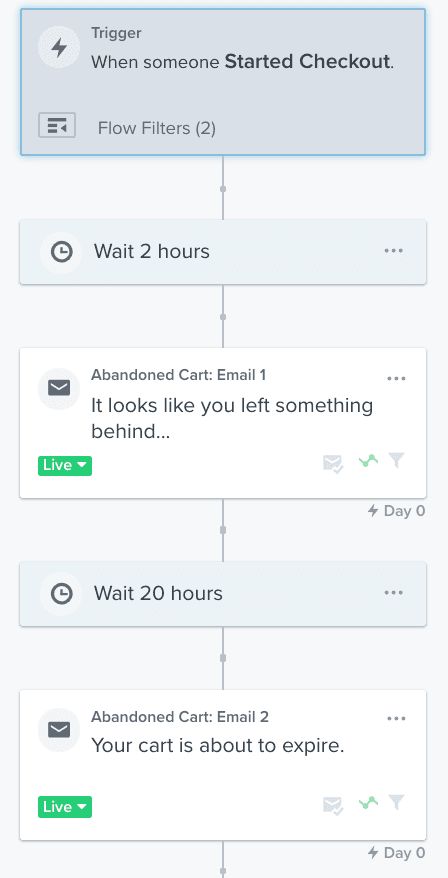
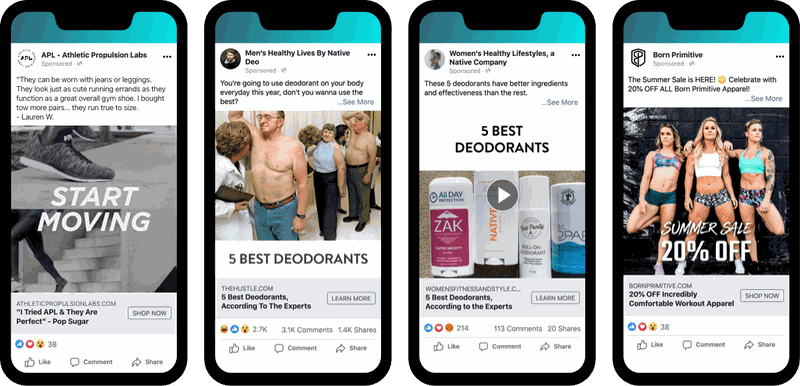
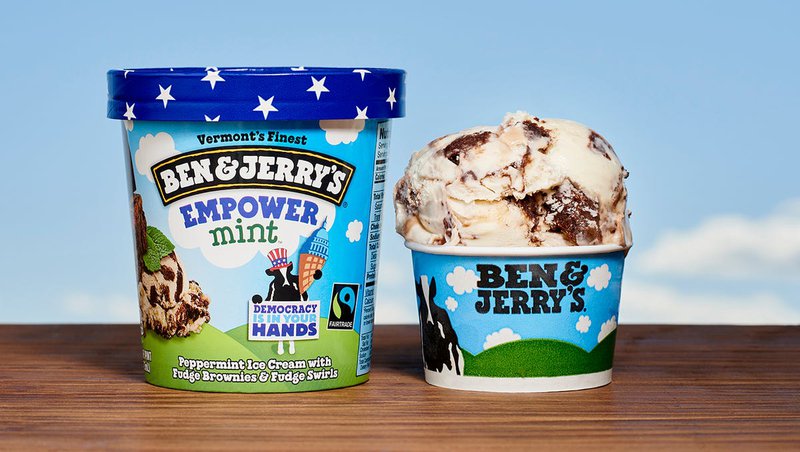
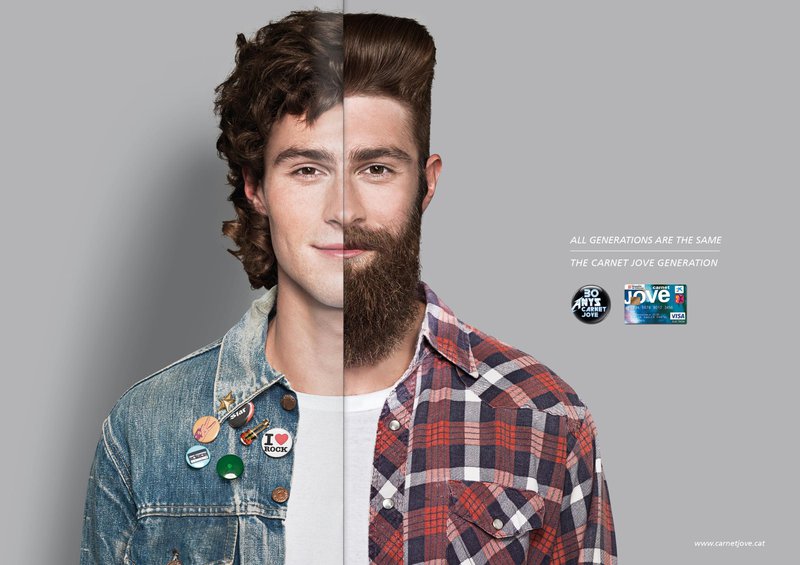

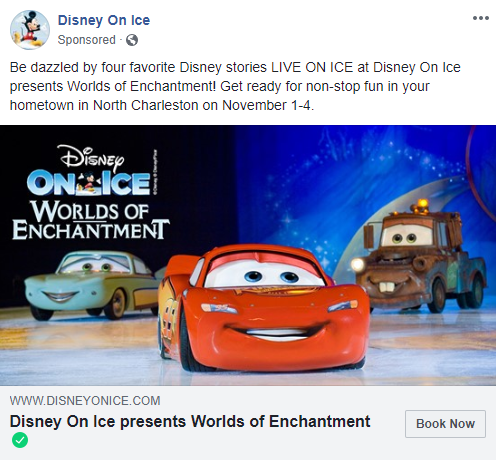
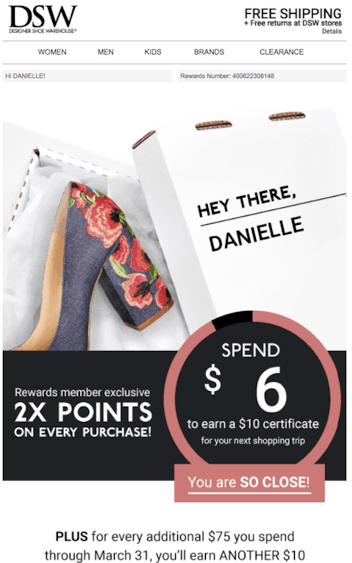



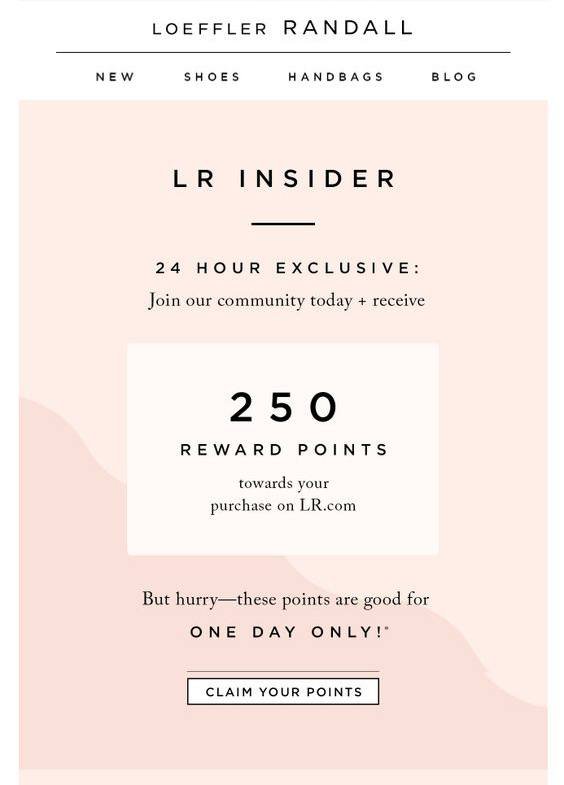
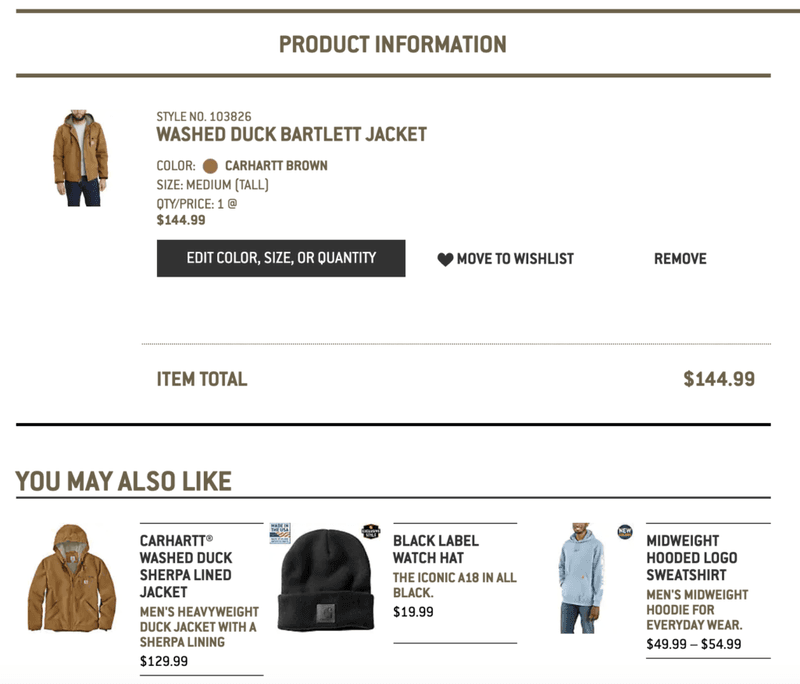
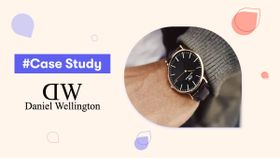
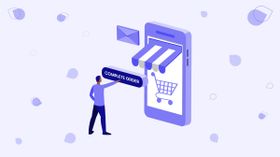
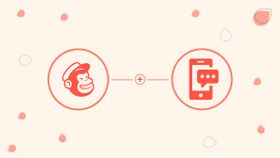
![[Interview] Dhariana Lozano on How eCommerce Brands Should Use Social Media](https://entail.mayple.com/en-assets/mayple/fit-in/280x280/612a80113f3d2d0636e4f5a3_1200852689104635Mayple1920x1080JEP1_02_ebc38251ad211926b000820130394897_2000-1699777216729.png)
